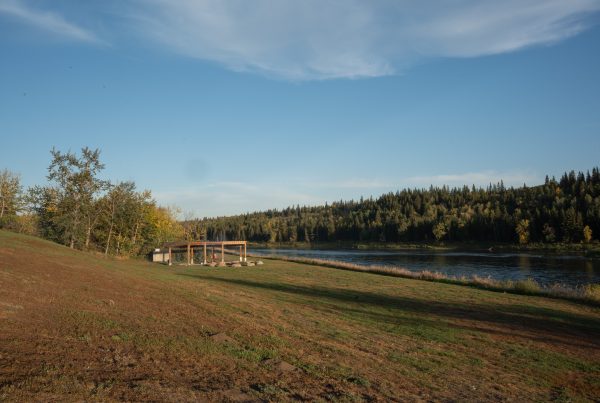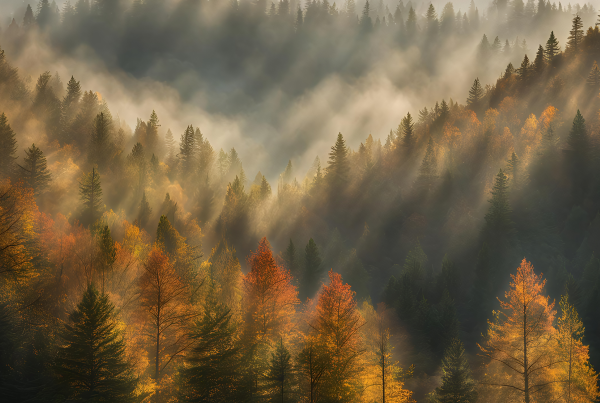The RAVEN community gives all year long! And at RAVEN we believe in the power of reciprocity. Just as our community carries us through the year with generosity and support, we want to return the sentiment. We’ve prepared a list of offerings for you that we hope will nurture, inspire, and connect us all!
Sharing offerings and gifts outside of commodification and capitalism is a beautiful practice to remind us that we are all a part of an ecosystem of care. We are woven together in our humanity through shared purpose and action — even across distances and the digital realm.
Here’s a list of gifts from the RAVEN team to spark joy, creativity, and connection this Giving Season.
1. Embrace your Creativity and Comfort
Colouring Sheets: download and print these RAVEN colouring sheets and unwind with some meditative colouring. Designed by RAVEN’s Communications Manager, Jamie-Leigh Gonzales, and Communication Specialist – Media Production and Strategic Initiatives, Karissa Chandrakate.
2. Treat yourself with these Recipes that Nourish
Download these recipes from RAVEN staff including:
- Baked Bannock (from RAVEN Executive Director, Danielle Wilson)
- Cookies (from RAVEN Development Manager, Caitlyn Kerr)
- Poke Bowl (from RAVEN Communications Specialist, Sarah Danks)
3. Read these Books to Inspire you
No Spiritual Surrender by Klee Benally (Navajo Nation)
Rehearsals for Living by Leanne Betasamosake Simpson (Alderville First Nation) and Robyn Maynard
Held by the Land by Leigh Joseph (Sḵwx̱wú7mesh Úxwumixw)
Love Life Loss and a Little Bit of Hope by Stacey Laforme (Mississaugas of the New Credit First Nation)
The End of This World by Crystal Lameman (Beaver Lake Cree Nation)
Pollution is Colonialism by Max Liboiron (Red River Métis)
Seven Fallen Feathers by Tanya Talaga (Fort William First Nation)
The Strangers by Katherena Vermette (Red River Métis)
The Serviceberry by Robin Wall Kimmerer (Potawatomi Nation)
Or check out this book club led by XAXE TENEW Sacred Land Society
Bonus: Here’s a few book shops who support RAVEN if you’re looking for somewhere to purchase books:
4. Get Cozy with a Movie Night
5. Jam Out with These Indigenous Musicians
Discover and celebrate Indigenous artists through this Spotify Playlist curated by RAVEN staff.
6. Listen and Learn with these Podcasts
7. Connect with Nature through Land/Water-Based Practices
Birdwatching: This beloved outdoor activity is a favourite of RAVEN’s Board Chair, Jeffrey Nicholls. And, you don’t have to be an expert to give it a go. Some communities have local initiatives, like Special Bird Service on the West Coast, that lead folks in birdwatching, but the wonderful thing about it is that anyone can participate. You can grab a pair of binoculars and maybe a book to help you identify birds or it really can be as simple as going for a walk in your neighbourhood and remembering to look up!
Spending Time Near Water: As we know, water is sacred. Water is life. It has the power to rejuvenate, cleanse, and heal. A walk near a body of water in the winter is always a refreshing way to meet the cold, dark days — and if you’re feeling bold, you can even dip your toes in.
Tidepooling: If you live near a coastline, tidepools are incredible ecosystems to observe and learn from. While we often stop in awe of the megafauna like bear, deer, or elk, — the tiny creatures found in tidepools are a reminder that life is all around us, whether micro or macro!
Practicing Mindfulness Outdoors: When you’re spending time outdoors, we encourage a mindfulness approach. One question we like to ask is: whose home am I walking through? Notice who makes their homes around you; from the squirrels and ravens in the treetops to the earth worms and fungi in the dirt, we share these spaces with a plethora of creatures and kin, so, how can we move in ways we are mindful of those whose homes we are entering?
Greeting the land, water, flora, fauna, and funga: Say hello to the natural world around you. Introduce yourself (you can use your internal voice if it feels more comfortable), and recognize the gift that nature is. When we greet the land and more than human kin, it can help to remind us that we are in relationship to all these things, and that we all play a role in sustaining a thriving ecosystem.
Learning about the Indigenous plants and animals where you live: Notice the plants and animals you come across outdoors. You can notice the ways they interact with each other and once you begin to see the patterns of interconnection between them, it can become more obvious which plants are Indigenous and which are invasive. Many areas have Indigenous-led projects to restore native species, and returning to a place of harmony and balance is a delicate process. Consider volunteering time with organizations like PEPAKEṈ HÁUTW̱ to be a part of this restoration work.






